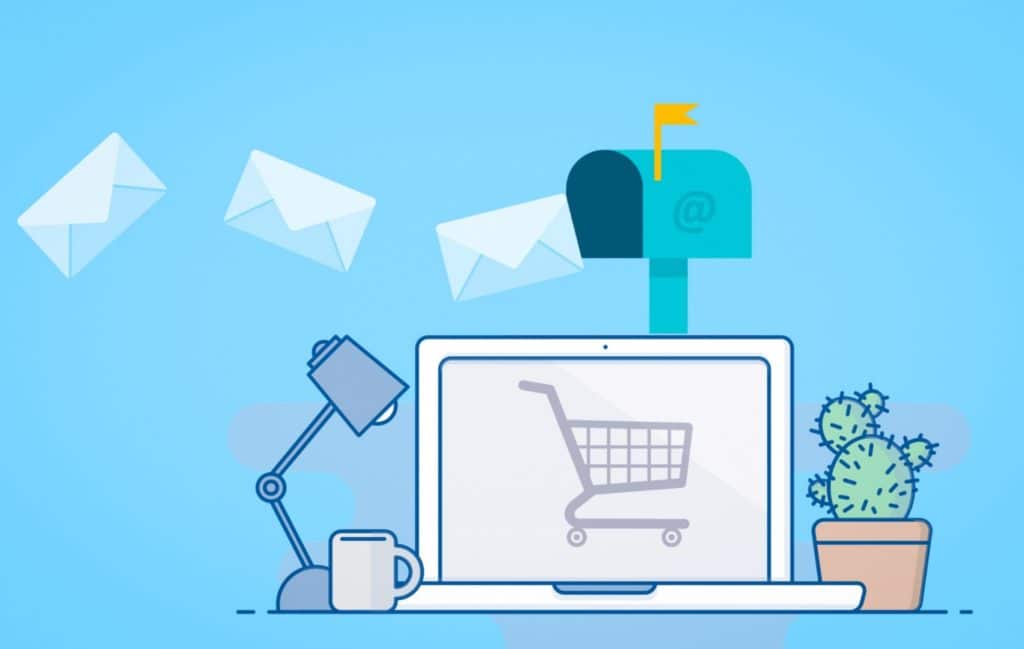I don’t know about you, but every day my email box is full of marketing emails. And to be honest, most of them are not compelling—and some are downright awful. Yet, for many organizations email marketing remains a primary tactic for lead generation. So, how can you break through the noise and ensure your email not only reaches your prospect, but engages them as well?
Here at Voxus, email marketing is a core tactic as part of our overall marketing strategy and one that we often advise clients on. But as a marketer, it can sometimes feel like an uphill battle to create a breakthrough email marketing pitch. However, there are a number of things that you can do to ensure your pitch is effective. Here are four tips to get you started:
1. Locate your top prospect
The term less is more is appropriately applied here. Take the time to properly locate and research your top prospect within the company. LinkedIn is a great place to start your research and once you’ve identified your prospect, you can verify their email with hunter.io.
It’s worth noting, you don’t want to reach out to multiple people in the organization with the same pitch in the hopes that someone will eventually respond to your email. Try to locate the individual who likely has purchasing power and learn a little bit about their background.
Once you reach out to them, reference any relevant experience or any commonalities to develop a rapport. Remember, email marketing still heavily relies on building a relationship with your prospect. Doing your research upfront will help you stand out and show that you are personally invested.
2. Make it personal
As marketers, we are big on metrics. We are often working against quotas and focused on a larger, overarching goal. If you’re working on an email marketing campaign, it may be tempting to send out a bulk batch of emails because, efficiency… right?
Not only do bulk emails feel incredibly impersonal, they are also more likely to go straight to a junk folder. Like I mentioned above, building an organic list of prospects not only helps your targeting, it also gives you the opportunity to make it personal. Make sure you’re using first names, organization names where applicable, and any other unique information. This will help you bypass SPAM filters and feel more personal to the recipient.
If you’re working off of a large list of prospects, you can use a mail merge or a CRM to add in personalized fields to help your campaigns run more efficiently.
3. Avoid SPAM triggers
Speaking of SPAM, if you use email marketing for your business or organization, there are a number of things you need to do to keep it legal. But did you know not abiding by these rules is also more likely to send your email straight to a recipient’s junk folder?
Your marketing emails need to include a physical address, a clear way to opt out of receiving communication as well identifying who you are. There are also a host of trigger words that can send your email straight to a junk folder.
I am a marketer, not a lawyer, so you’ll want to review the FTC’s CAN-SPAM Compliance Guide to ensure your emails meet their guidelines. And I can’t stress this enough, because not complying with these guidelines can not only blacklist your domain, but it can also result in some pretty serious financial penalties.
4. Follow up (but not too soon)
Most people aren’t going to respond to your initial email, so it’s important to follow up, but you’ll want to allow ample time before doing so.
First, go back and look at your first email. Did it include a clear call to action? If not, you’ll definitely want to include one in your follow up. Wait at least a week before you follow up, and when you do, send a fresh email. You don’t want to resend the same message in case you triggered any SPAM filters.
Most importantly, keep your emails positive. It can be easy to get frustrated when you’re not receiving responses, but following-up and ensuring you’re utilizing the right tactics will make a response from your prospect more likely.
To learn more, contact Voxus here.

